June 10, morning
2017 June 10 morning
Gordon Hart sends a photograph of a bluet from Goldstream Heights, June 6. Rob Cannings writes: It could be a male Boreal Bluet Enallagma boreale. But Northern Bluet E. annexum is also a possibility — the two are normally not separable in photos unless a very clear view of the tip of the tail (dorsal is best) is visible. We almost have that here, but it’s just not sharp enough for me to give a definite determination. Separating them by habitat around here is usually not easy, either, although in my experience, higher elevation peatlands (bogs, fens) are somewhat more likely to have E. boreale around them. Anyway, it’s one of the two.
(Jeremy Tatum notes: Our Northern Bluet was formerly included in E. cyathigerum, but the latter is now regarded as a separate European species, so ours has acquired the new name E. annexum.)

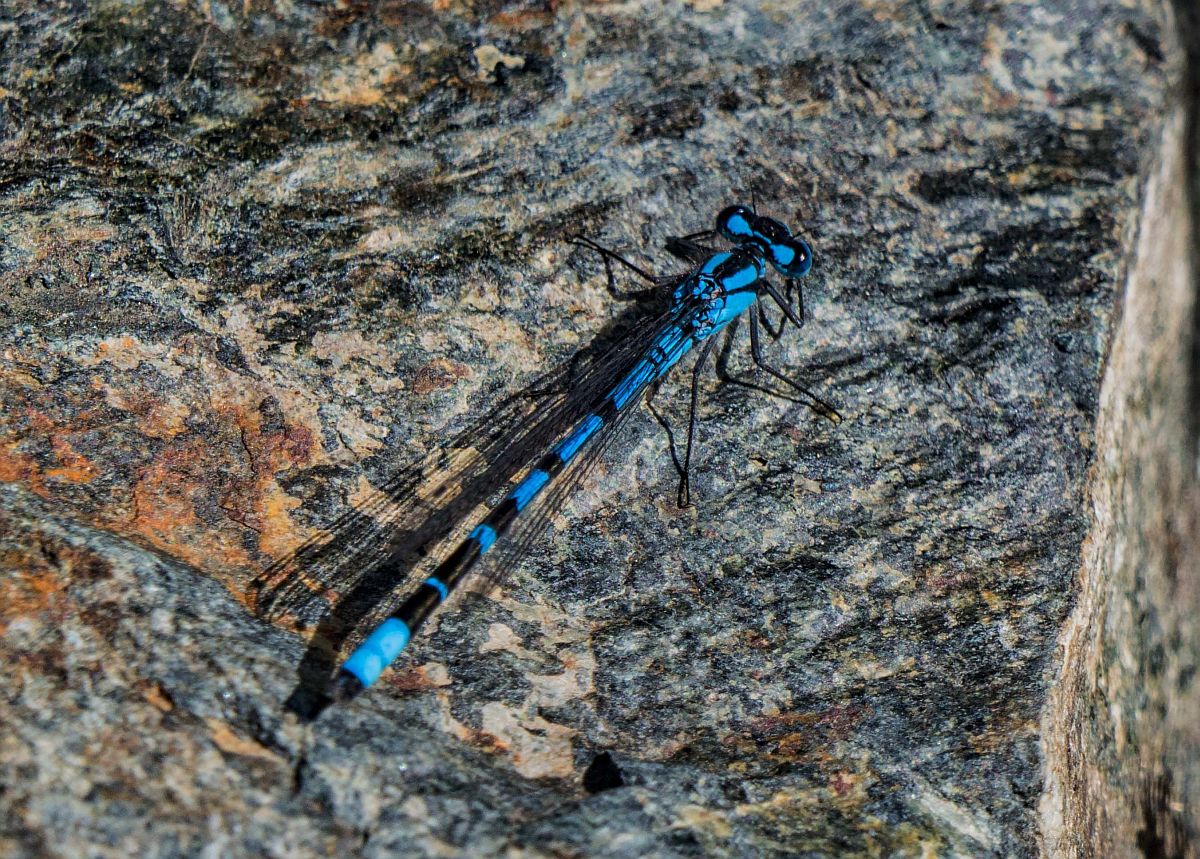
Boreal Bluet Ennalagma boreale or Northern Bluet E. annexum (Odo.: Coenagrionidae)
Gordon Hart
Aziza Cooper writes: Here is a Western Tiger Swallowtail which I saw on Summerset Place in Sidney. I think it’s a Western Tiger rather than a Pale, even though the photo doesn’t show the darker yellow. Jeremy Tatum writes: Yes, I think I agree, but this illustrates again that the two can be hard to distinguish. Mike Yip pointed out in connection with an earlier photograph that the crescent near the tail is orange in the Pale Tiger Swallowtail and yellow in the Western Tiger Swallowtail.
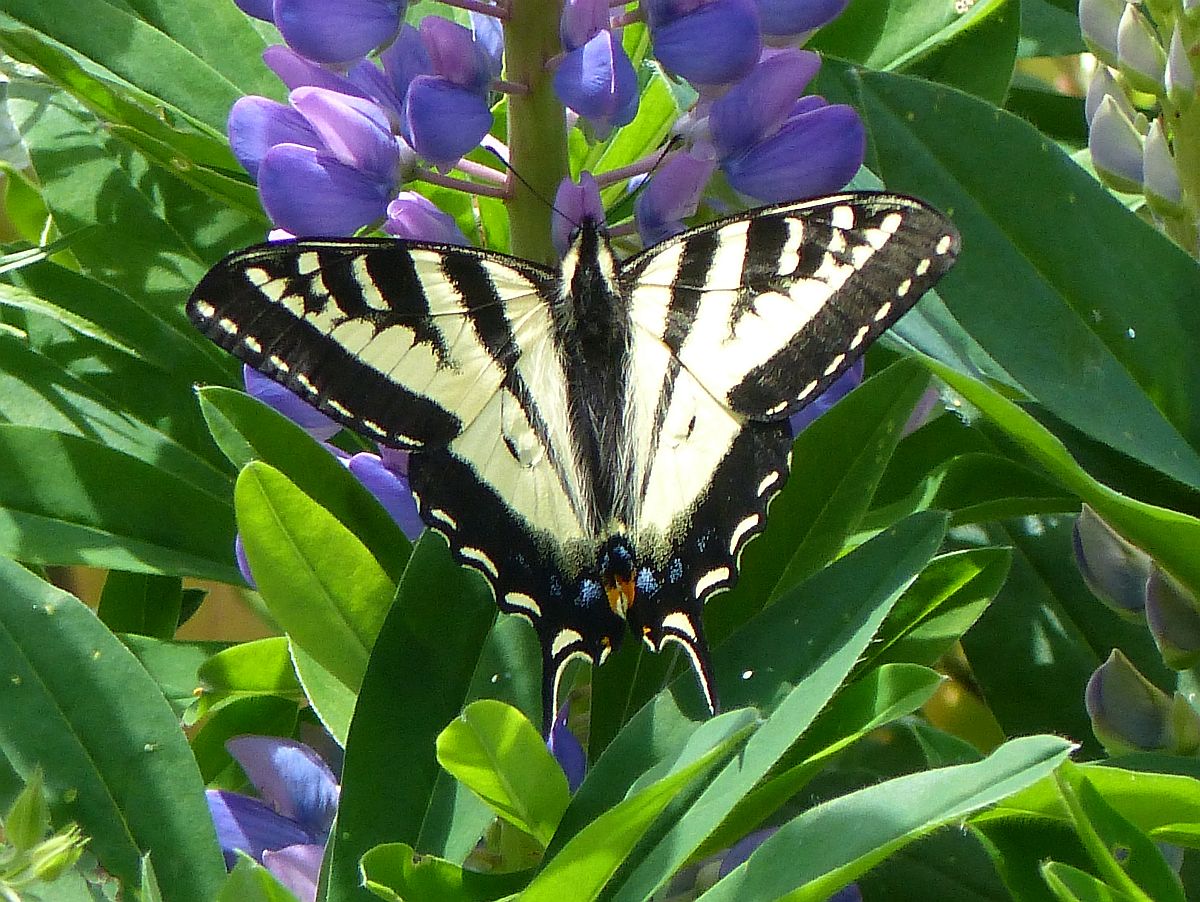

Western Tiger Swallowtail Papilio rutulus (Lep.: Papilionidae) Aziza Cooper
Nathan Fisk writes: I’m happy to report that the Field Crescents are still flying at Eddy’s on Stelly’s Cross Road. I saw at least four nectaring on the daisies amongst Himalayan blackberry. What lovely creatures!
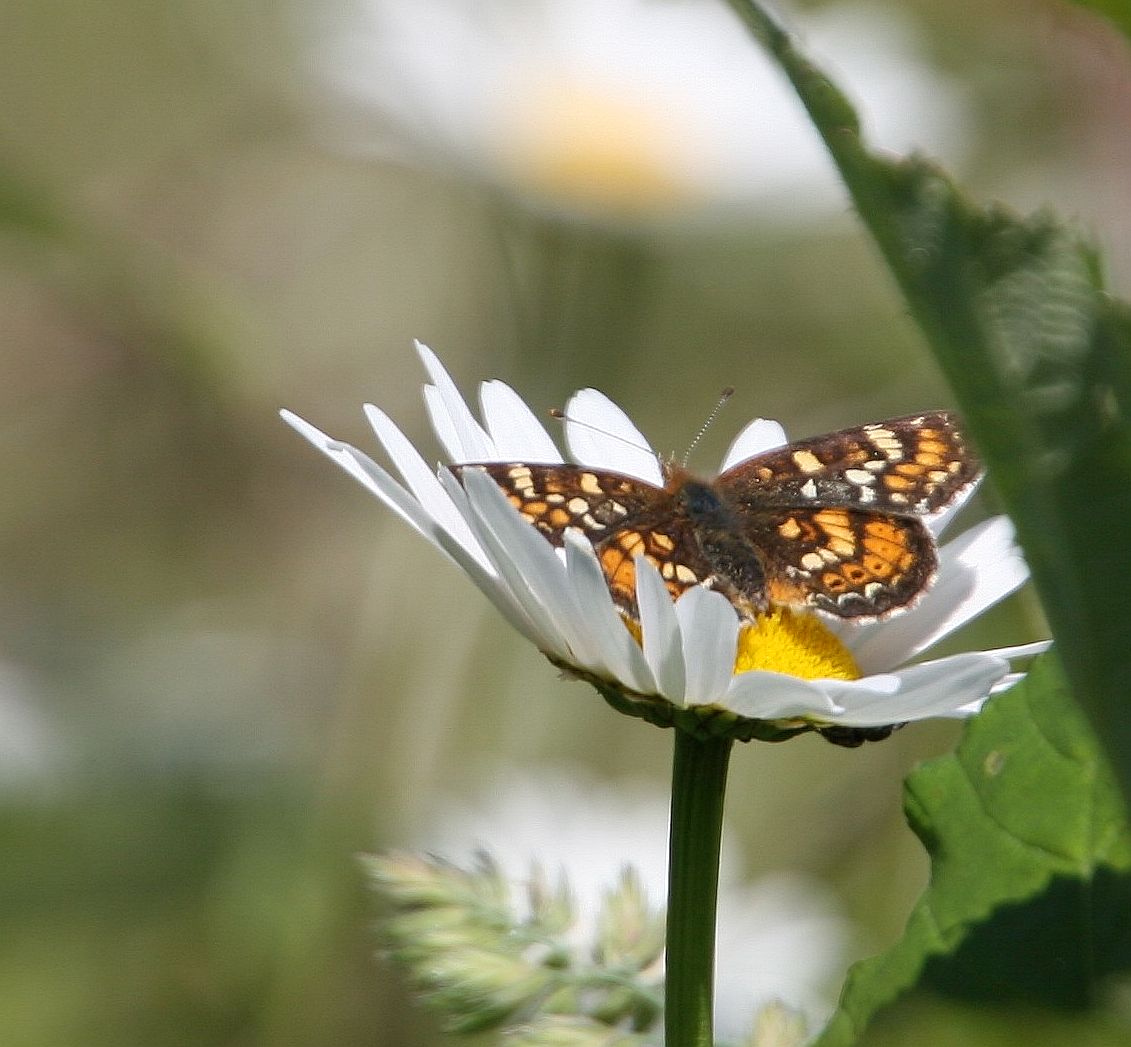
 Field Crescent Phyciodes pratensis (Lep.: Nymphalidae) Nathan Fisk
Field Crescent Phyciodes pratensis (Lep.: Nymphalidae) Nathan Fisk
Jochen Moehr sends a photograph of a spittlebug nymph extracted from the “spittle” on a rosemary bush. He writes: “extracting it from the foam onto my finger left a really good rosemary fragrance on the finger”. We have labelled previous photographs of spittlebugs on this site as “Philaenus spumarius”, but in fact spittlebugs are scattered through several Families, and until we can find a specialist in identifying these bugs, it is perhaps safest to leave our label at Superfamily (“-oidea”) level.
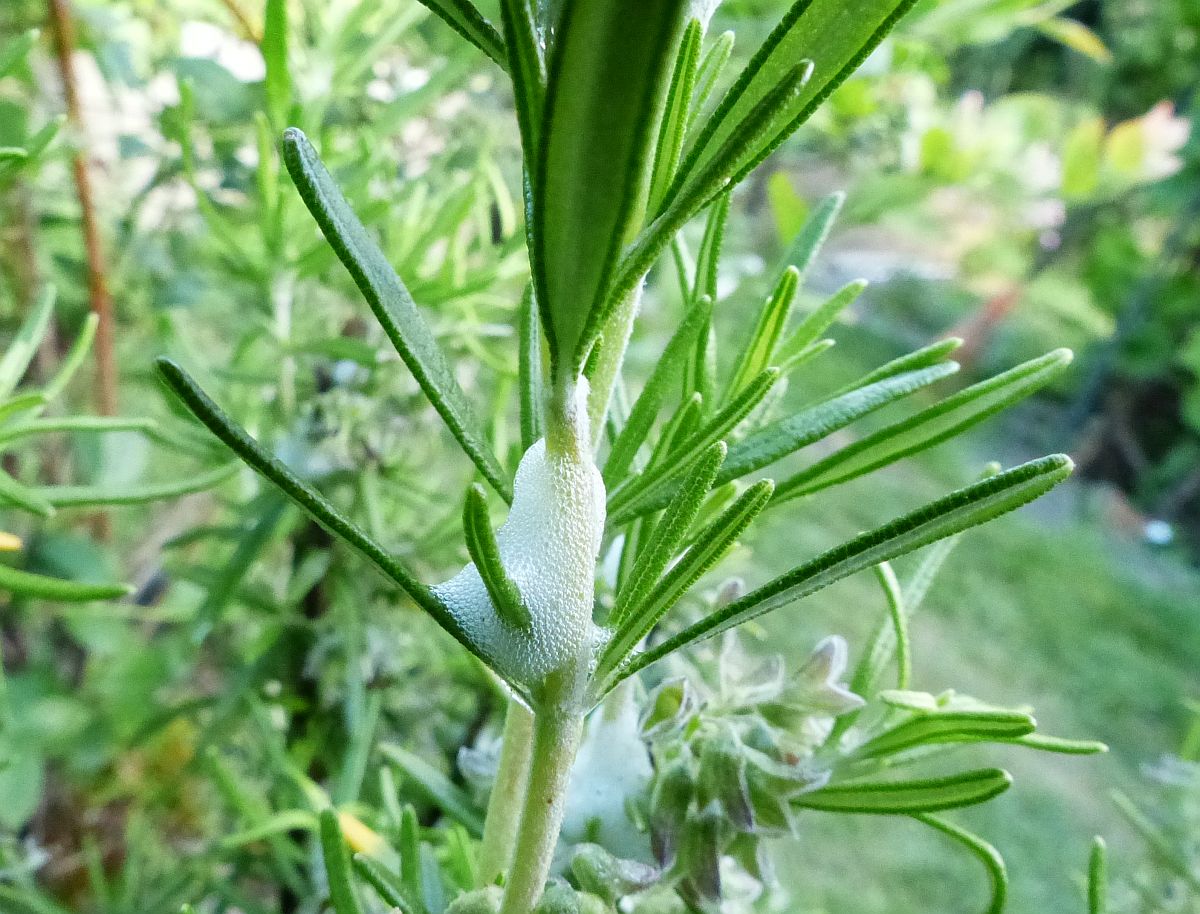
 “Spittle” made by spittlebug nymph. Jochen Moehr
“Spittle” made by spittlebug nymph. Jochen Moehr
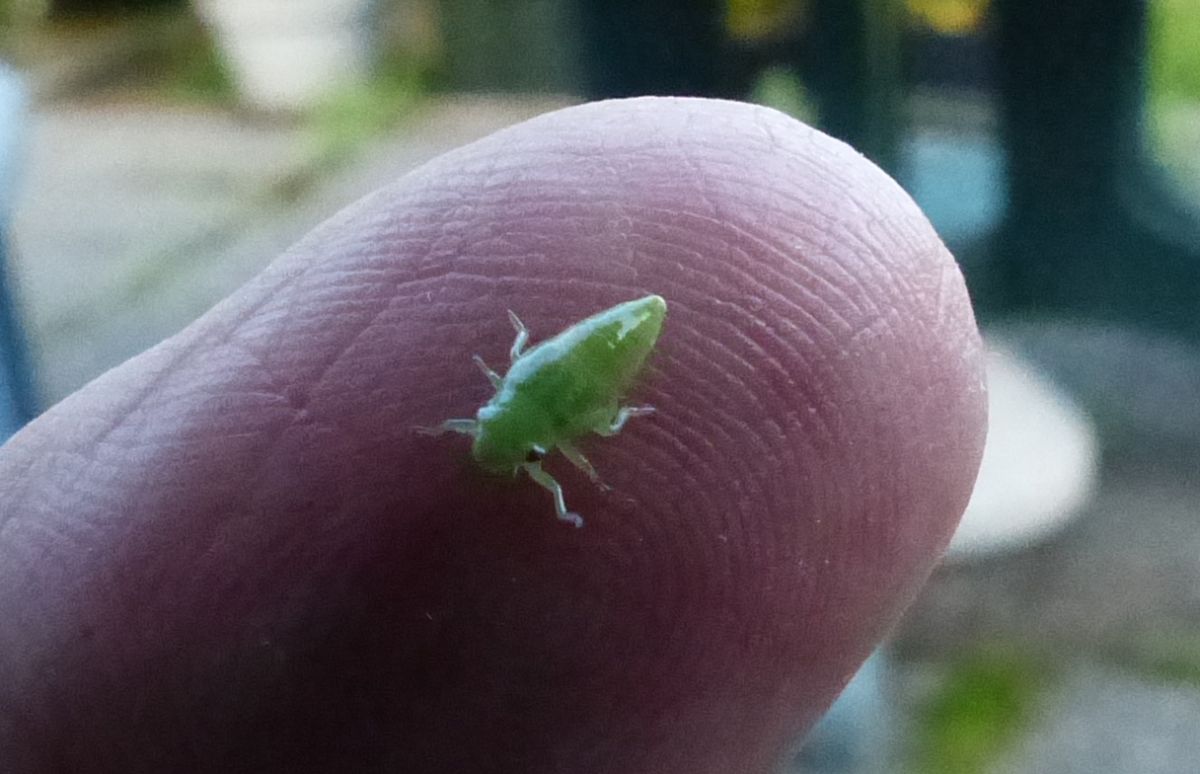
 Spittlebug nymph (Hem.: Cercopoidea) Jochen Moehr
Spittlebug nymph (Hem.: Cercopoidea) Jochen Moehr
Jochen also sends a photograph of a mosquito. Jeremy Tatum writes: One would need a specialist to identify it, and I’ll be honest and say that I have no idea which one it is! However, the best-known genera are Culex, Anopheles and Aedes. Anopheles is supposed to rest head down, tail in the air, whereas the other two rest horizontally. Many Aedes have black-and-white legs. Thus the odds are slightly in favour of this one being Aedes.


Mosquito. Perhaps Aedes sp. (Dip.: Culicidae) Jochen Moehr
